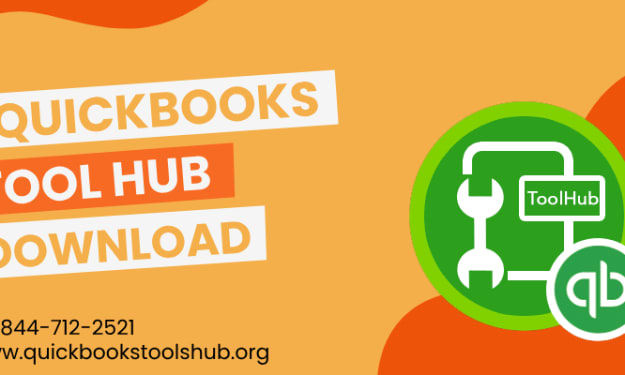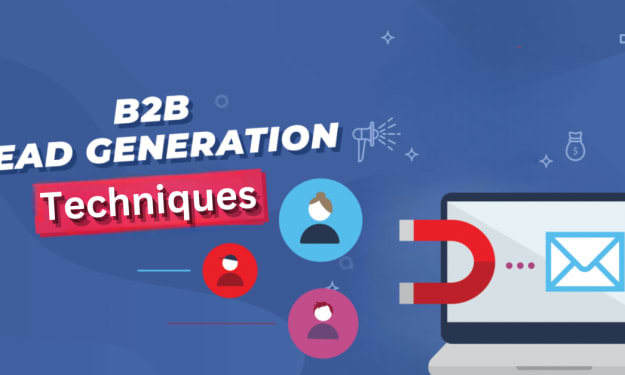Outbound Playbook for Startups: A Comprehensive Guide
Accelerate Your Growth with Proactive Customer Outreach

In the dynamic world of startups, finding and acquiring customers is a critical challenge. While inbound marketing strategies such as content marketing and SEO are essential, they often take time to bear fruit. For immediate traction, startups can benefit significantly from an outbound playbook. This guide provides a comprehensive overview of the key elements involved in creating an effective outbound strategy for startups.
Understanding Outbound Sales
Outbound sales involve actively reaching out to potential customers rather than waiting for them to come to you. This proactive approach can accelerate growth by directly targeting prospects who are likely to benefit from your product or service. Outbound sales typically include cold emailing, cold calling, social selling, and direct mail campaigns.
Building Your Outbound Playbook
1. Define Your Ideal Customer Profile (ICP)
The foundation of a successful outbound strategy is a well-defined Ideal Customer Profile. Your ICP should include:
1. Demographic Information: Company size, industry, location.
2. Firmographic Information: Revenue, number of employees.
3. Behavioral Information: Purchasing habits, technology stack.
4. Pain Points: Challenges that your product or service can solve.
Creating a detailed ICP helps in targeting the right prospects and tailoring your messaging to their specific needs.
2. Develop a Target List
Once you have your ICP, the next step is to build a list of potential customers. Utilize tools like LinkedIn Sales Navigator, Crunchbase, and industry-specific databases to gather information. Make sure your list is segmented based on factors like industry, job role, and company size to allow for personalized outreach.
3. Craft Compelling Messaging
Your outreach message needs to grab attention and convey value quickly. Here are key components of a successful message:
1. Personalization: Address the prospect by name and reference specifics about their company.
2. Value Proposition: Clearly explain how your product or service can solve their pain points.
3. Call to Action (CTA): Include a clear and concise CTA, such as scheduling a call or a demo.
4. Choose the Right Channels
Different prospects may prefer different communication channels. Common outbound channels include:
1. Cold Email: Personalize your emails, keep them concise, and follow up diligently.
2. Cold Calling: Prepare a script but remain flexible to adapt the conversation based on the prospect’s responses.
3. Social Selling: Engage with prospects on LinkedIn by sharing valuable content and participating in relevant discussions.
4. Direct Mail: Although less common, sending personalized gifts or letters can make a lasting impression.
5. Implement a Cadence Strategy
A cadence strategy is the schedule and sequence of touchpoints with a prospect. An effective cadence includes multiple touchpoints across different channels over a set period. For example:
Day 1: Cold email
Day 3: LinkedIn connection request
Day 5: Follow-up email
Day 7: Cold call
Day 10: Second follow-up email
6. Use Technology to Scale
Leverage sales automation tools to streamline your outbound efforts. Tools like Outreach, Salesloft, and HubSpot Sales enable you to automate email sequences, track engagement, and manage your pipeline efficiently. CRM systems like Salesforce or Pipedrive help in organizing and tracking interactions with prospects.
7. Measure and Optimize
Tracking key metrics is crucial to understand what works and what doesn’t. Important metrics include:
1. Response Rates: Percentage of prospects who respond to your outreach.
2. Conversion Rates: Percentage of responses that convert into meetings or demos.
3. Cost per Acquisition (CPA): The total cost of acquiring a new customer.
Analyze this data regularly to identify patterns and optimize your strategy. A/B testing different subject lines, email bodies, and cadences can help refine your approach.
8. Train Your Team
Equip your sales team with the necessary skills and knowledge through continuous training. Role-playing exercises, regular feedback sessions, and sharing best practices can enhance their effectiveness.
Conclusion
An outbound playbook is essential for startups looking to accelerate their growth by actively reaching out to potential customers. By defining your ICP, crafting compelling messaging, utilizing multiple channels, implementing a cadence strategy, leveraging technology, and continuously optimizing, your startup can build a robust outbound sales engine. Remember, persistence and adaptation are key—refine your approach based on feedback and results to achieve long-term success.
About the Creator
Enjoyed the story? Support the Creator.
Subscribe for free to receive all their stories in your feed. You could also pledge your support or give them a one-off tip, letting them know you appreciate their work.





Comments
There are no comments for this story
Be the first to respond and start the conversation.